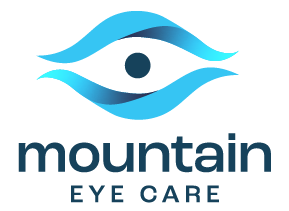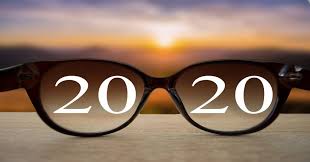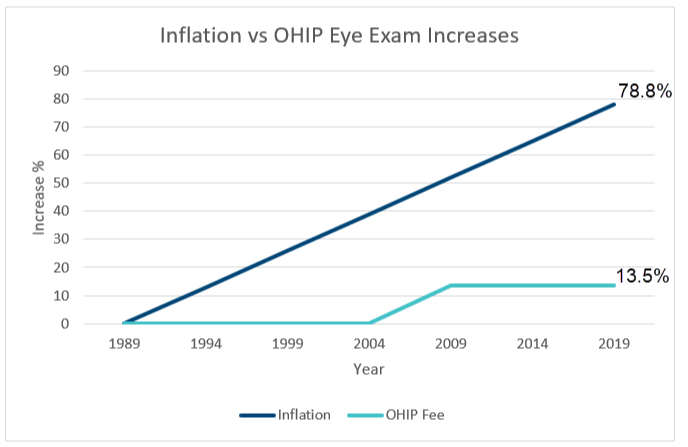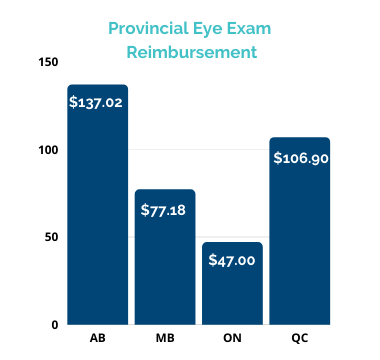What is 20/20 vision?
If you have an eye exam and are told you have 20/20 vision, does this mean you have perfect eyesight? Is it possible to achieve even better than 20/20 vision? And what is “perfect vision” anyway? If you are looking for information about 20/20 vision, then you have come to the right place at Mountain Eye Care. At our vision facility, our professional team of optometrists makes it our mission to get our clients to 20/20 vision, or as close to it as possible! There are many things that you can do naturally to ensure that your vision health stays in tip-top condition. If you are striving for 20/20 vision, or you already have 20/20 vision and you are looking to maintain it, then we encourage you to get in touch with an optometrist at Mountain Eye Care to learn how! In this blog, we share some information about 20/20 vision!
Click here to schedule your appointment at Mountain Eye Care today!
What is the difference between visual acuity, eyesight, and vision?
Visual acuity is the clarity of your eyesight, measured by your ability to identify letters or numbers on a standardized eye chart from a specific viewing distance. Visual acuity is a static measurement, meaning you are sitting still during the testing and the letters or numbers you are viewing also are stationary. Visual acuity also is tested under high contrast conditions typically, the letters or numbers on the eye chart are black, and the background of the chart is white. Although visual acuity testing is very useful to determine the relative clarity of your eyesight in standardized conditions, it isn’t predictive of the quality of your vision in all situations.
The exact definition of “eyesight” is difficult to pin down. Depending on which dictionary or another resource you check, it can mean “ability to see,” “the sense of seeing,” “vision,” “range of sight” or “view.” Often, the terms “eyesight” and “visual acuity” are used interchangeably.
Vision is a broader term than visual acuity or eyesight. In addition to the clarity of sight or simply a description of the ability to see, the term “vision” all interactions between the eyes and the brain, and all neurological processes that take place in the brain to make the sense of vision possible. Also, unlike simple eyesight or high contrast visual acuity, measures of vision include contrast sensitivity, the ability to track moving objects with smooth and accurate eye movements, color vision, depth perception, focusing speed and accuracy, and more. Because of the broader nature of the word “vision,” what is commonly called “20/20 vision” should really be called “20/20 visual acuity” or “20/20 eyesight.”
What is 20/20?
The term “20/20” and similar fractions (such as 20/40, 20/60, etc.) are visual acuity measurements. They also are called Snellen fractions, named after Herman Snellen, the Dutch ophthalmologist who developed this eyesight measurement system in 1862. In the Snellen visual acuity system, the top number of the Snellen fraction is the viewing distance between the patient and the eye chart. At this testing distance, the size of the letters on one of the smaller lines near the bottom of the eye chart has been standardized to correspond to “normal” visual acuity, this is the “20/20” line. If you can identify the letters on this line but none smaller, you have normal 20/20 visual acuity.
There are many things that you can do to ensure that you achieve 20/20 vision. At Mountain Eye Care, our team of optometrists can help you get there! For more information about our services and products, we encourage you to continue browsing through our website!
Click here to find our contact information or to speak with a Mountain Eye Care representative.



